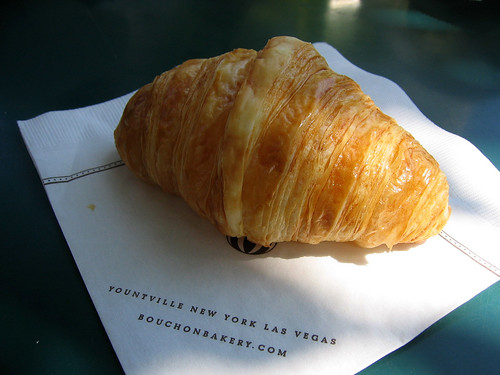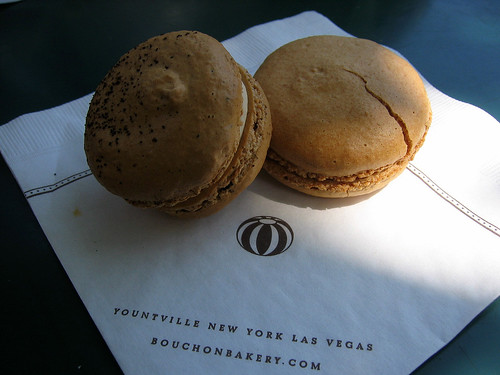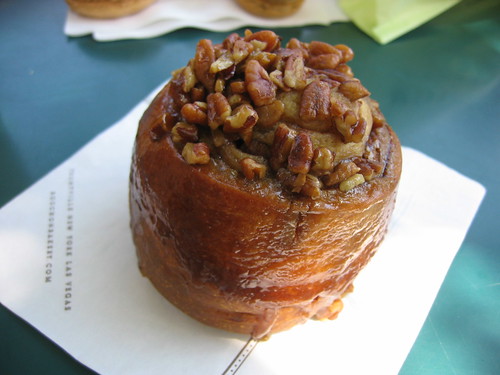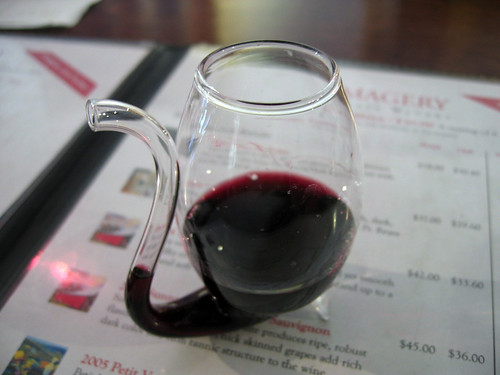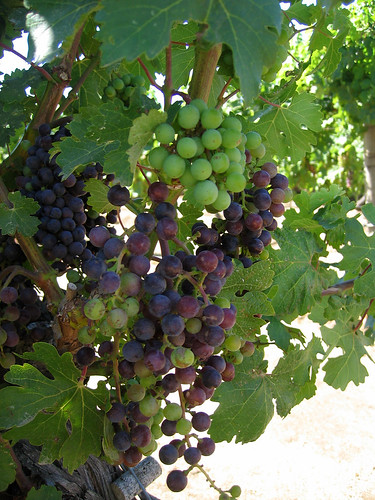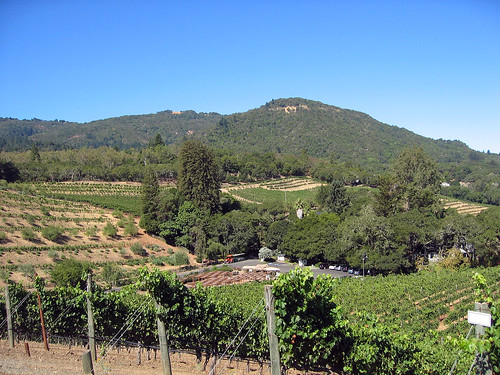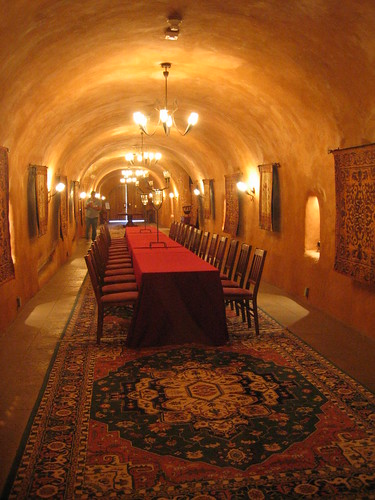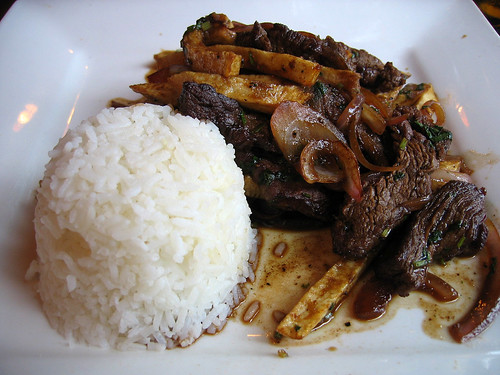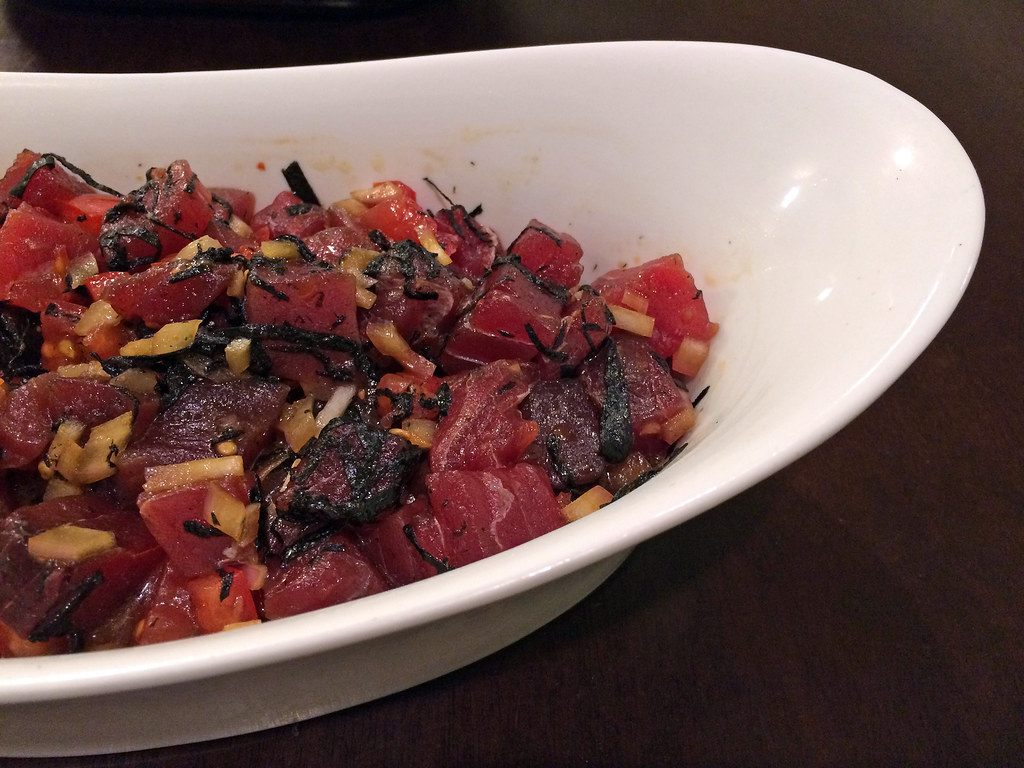I’ve never had much of a reason to visit Yountville. It’s a long drive and not centrally located to a whole lot, except for oh, you know, Thomas Keller. Even though its a sparsely populated, sleepy town, it’s the holy grail of Keller’s food empire, home to not only The French Laundry, but also Bouchon, Bouchon Bakery and Ad Hoc. I knew I’d have to make it to Yountville for these reasons alone.
I had read online that Bouchon Bakery serves pesto-filled croissants that are to die for. While waiting in line at the bakery, I imagined how warm, buttery and oozing with basil-y goodness my croissant would be. I was a little disappointed that it turns out the Yountville branch of the bakery does not serve these pesto-filled goodies. I ordered a plain croissant instead, along with espresso macarons, a pecan sticky bun and the best iced coffee I’ve ever tasted.
The croissant was good: flaky and baked fresh that morning. Still, I couldn’t help but miss the imaginary pesto that they don’t even serve.
The macarons were tasty, but very sweet. But these babies sold out quickly, so it could be just me. I don’t have much a sweet tooth after all.
The sticky bun was just as its name suggests: a very sticky bun. It went perfectly with my drink: one bite of nutty gooeyness, one sip of strong coffee.
I ate my breakfast outside at the tables lining the bakery. The vibe was slow-paced, with diners taking their sweet time finishing their breakfasts (they had lap dogs and newspapers to tend to while they ate, after all).
As much as I love the city, I wouldn’t mind a weekend or two like this every once in a while. Yountville is worth the drive, after all.

